In the Business Model Canvas the Value Proposition block is of fundamental importance: the value proposition is what brings your company together with the right customer segments.
This is the image that marries supply and demand.
.
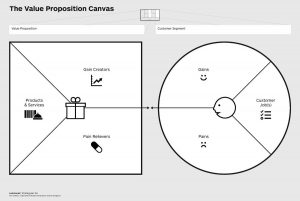
.

Bloggin internal news
.

.
.

.
.
.
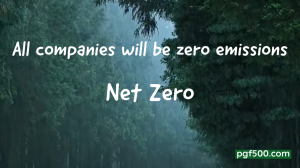
.
.
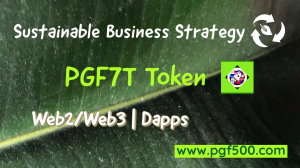 .
.
.
.
.
.
.
.

.
.

.
—
1. Summarize complex business models on a single page, improving understanding.
2. Encourage communication and collaboration within the company, allowing everyone to understand the strategy.
3. Clearly identify opportunities for innovation and improvement in business processes.
4. Quickly test different business hypotheses without tying up significant resources.
5. Adapt your business model more efficiently to changing market conditions.
In summary, the Business Model Canvas is an essential tool for developing, communicating and adapting a company’s business model effectively and efficiently.

Here you will find Google’s business model canvas:
.
.
~~~
.

.
.
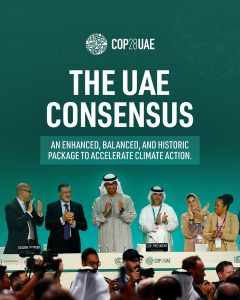
.
.
.
—
.

.
.
.
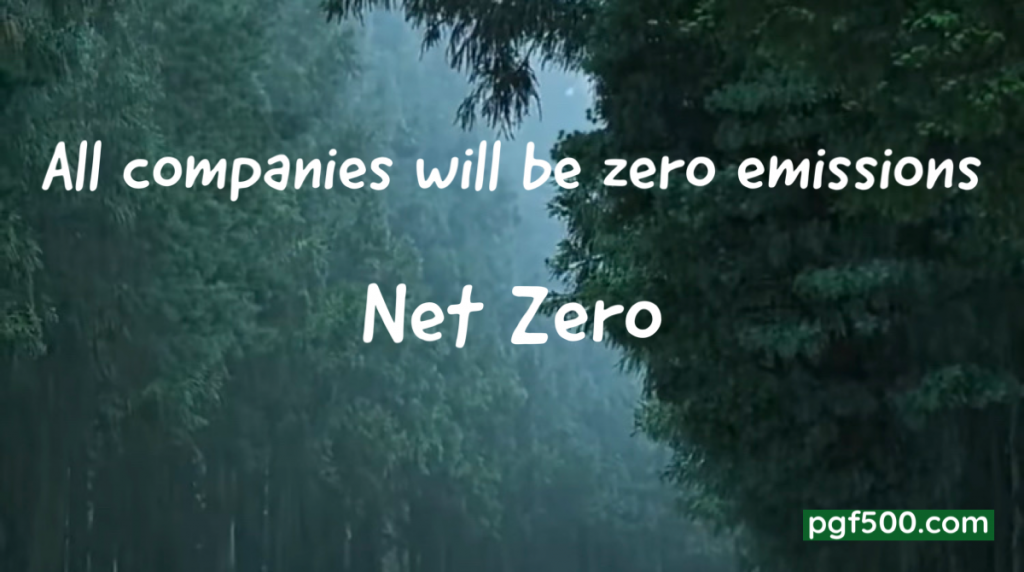
.
.
 .
.
.
.
.
.
.
.
.

.